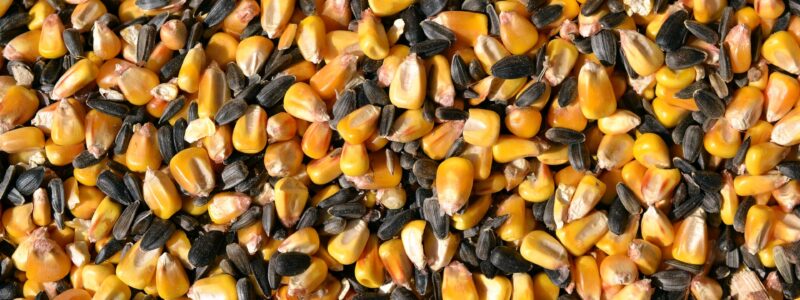
The sales rates in the season-2024 were significantly higher compared to the previous year, especially for corn and sunflower, Agrohub reported based on the results of two waves of research on the efficiency and effectiveness of growing the main crops of the season-2024.
“At the time of the first wave of the study (end of January 2025), the percentage of sales of these crops was more than 60%, while at the end of January 2024, only 25% of corn and 27% of sunflower were sold,” the researchers said.
According to the study, sunflower was sold almost completely, which was due to a decrease in its share in the crop structure and high demand from the processing industry, as well as an increase in the number of oil extraction plants. For export-oriented crops, a stable sea export corridor plays an important role in shaping the sales rate: despite the threats and shelling of port infrastructure, it remained the most effective channel for selling products, analysts say.
The positive price situation was the main factor behind the growth of profitability of agricultural production in 2024, the report says. Thus, the break-even point decreased in many crops, while the profitability indicators increased. According to the results of the season-2024, the average forecast EBITDA for such crops as winter wheat, rapeseed and barley, as well as sunflower and corn amounted to $402 per 1 ha, which exceeded last year’s forecast level of $94 per 1 ha, i.e. 4.3 times, Agrohub calculated.
The analysts reminded that the forecast EBITDA is an expected estimate of profitability per hectare, calculated on the basis of current selling prices of already sold products and forecast prices for the residues.
Experts identify sunflower, corn, and rapeseed as the crops with the highest expected profitability in the 2025 season.
Despite the fact that in the 2024 season the yields of the studied crops decreased, the positive price dynamics during the year allowed not only to maintain but also to increase the profitability of crops. The main reason for the decrease in yields was drought and heat in the central, southern and eastern regions. Soil temperatures in summer reached above +60°C, and local rains failed to save the situation. In the West, where there is traditionally more rainfall, the yield decline was not significant, the researchers emphasized.
In addition, analysts drew attention to an interesting trend in the dynamics of costs, which has been observed for two seasons in a row. In particular, the costs of growing decreased slightly – within 8% for sunflower and rapeseed, mainly due to the reduction of fertilizer costs. At the same time, crop protection costs for sunflower and corn decreased by 11% due to dry weather conditions. Lower yields per hectare and dry weather conditions resulted in lower costs for transportation and grain processing, as the average moisture content of harvested corn in the 2024 season was 16.7% compared to 19.8% a year ago.
“The 2024 season illustrated how the agricultural business in Ukraine is learning to adapt to complex challenges: from war and unstable logistics to climate change and lack of resources. Increasing profitability and efficiency in such conditions is the result of flexibility, strategic planning and proper agricultural practices,” Oksana Bobrova, Head of Agrohub Benchmarking, summarized in her statement.
The study of the first and second waves of efficiency and effectiveness indicators of the main crops of the 2024 season, conducted by Agrohub, involved 14 largest Ukrainian agricultural holdings. The total area of analysis covered 1.7 million hectares in eight macro-regions of Ukraine.
The data on crop sales in the 2024 season are based on Agrohub’s research conducted in January-May 2025 among 83 field companies with a total area of 1.7 mln ha. The area of the studied crops: sunflower – 302.5 thou hectares, corn – 363.4 thou hectares, soybeans – 411.2 thou hectares, winter wheat – 403.5 thou hectares, winter rapeseed – 169.5 thou hectares and winter barley – 18 thou hectares.